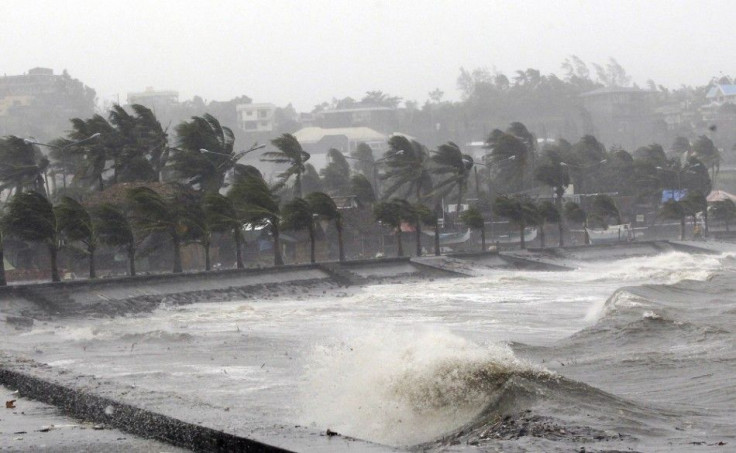Typhoon Ruby Kills 4 People, Batters Philippines Anew

Just a little bit more than a year after Super Typhoon Haiyan (Yolanda) ravaged the Philippines in November 2013, another super typhoon, Ruby (Hagupit) battered the country again on Sunday, particularly the Eastern Visayas which was hit by Haiyan.
YouTube/War New
So far, four people have died in evacuation centres due to extreme cold, while the tent cities built and which served as temporary shelter of Haiyan victims were totally blown away. Fortunately, many residents of provinces such as Leyte and Tacloban have heeded warnings and have moved to evacuation centres ahead before the super typhoon hit these provinces.
Homes that were rebuilt after Haiyan were again flattened to the ground, while many areas in Eastern Visayas are flooded and without electricity. According to Bloomberg, more than 20 power lines and transformers were destroyed in Eastern Visayas and Southern Luzon.
Reuters reports that more than one million people have left their homes and stayed in shelters such as schools and churches.
NBC reports that the eye of Ruby hit the town of Dolores in Eastern Samar Province at 9:15 pm on Saturday, while the second landfall hit the island of Masbate. Ruby is expected to make two more landfalls before it would leave the Philippines. The third is forecast to hit Sibuyan Island on Sunday night and would bring with it strong winds and storm surge.
YouTube/RAMI NEWS
Schools on Monday have been cancelled in affected provinces, including Metro Manila which is expected to be hit by Ruby tomorrow, with heavy rains expected until Friday night.
With the damage wrought by Ruby, the country is expected to take another economic hit like what Haiyan did in 2013. Germanwatch, a global climate risk index, said the Philippines lost $245 billion or 3.8 percent of its gross domestic product in 2013 due to weather-related events, of which $13 billion was caused by Haiyan.





















